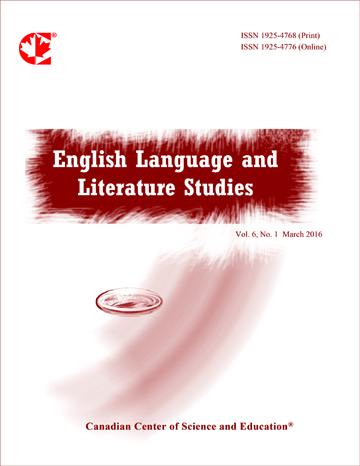An Analysis of Pride and Prejudice from Structuralist Perspective
- Jinhua Zhang
Abstract
Pride and Prejudice is a classic novel from Jane Austen, a prominent female British writer, which has attracted considerable attention from the perspective of language, content, feminism, and marriage view but without the plot organization. Different from the previous study, this paper aims at the plot organization of the novel to see its structure and the deep meaning.
This paper is devoted to analyzing the novel from the surface and deep structure, in which the structuralist approach is employed. The surface and deep structure theory is the main clue; besides, the structuralist narratological methods are applied to analyze the cases in the novel and explore the surface structure and deep structure respectively. The concepts of surface and deep structure and the structuralist narratological methods were applied to analyze Pride and Prejudice to see how the plots act to serve for the theme.
The paper shows that the achievement of a novel is closely related to its complement of the structure. The clear hierarchies can effectively elaborate the story and the theme. To divide the plot into several parts can easily control and handle the development and interaction of the plots. The relative and oppositional relations of the different plots contribute to the demonstration of the theme and the comprehension of the readers.
- Full Text:
 PDF
PDF
- DOI:10.5539/ells.v10n1p86
